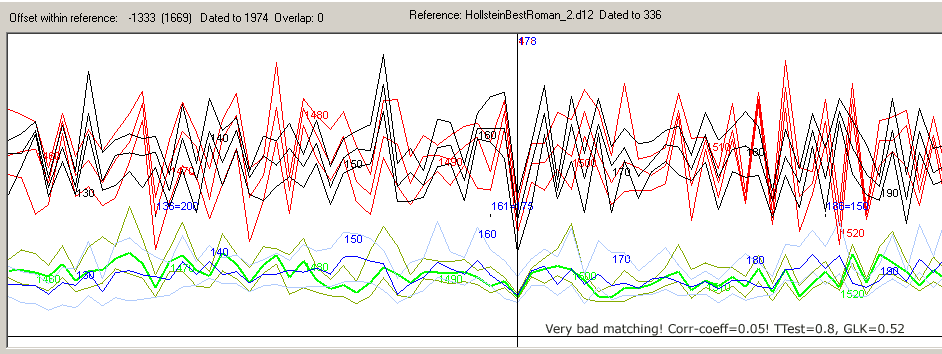Please let me add a few notes that may be helpful for an understanding of the general confusion within chronology.
Illig:
His Theory mixes two hypotheses
1. There is a discrepancy of some three centuries between our CE (common era) year-count and most dates reported for the Roman Empire (and the reigns with historical links to Rome).
2. Three centuries of the early middle-ages were completely faked.
The first hypothesis may be tested against physical data-sets that can be linked to the reports of history. Of course, these data must not presuppose the validity of the traditional chronology. In addition, they must be free from ad-hoc assumptions. This is not at all trivial (more below) and most attempts to disprove Illig did fail at this point.
The second hypothesis claims 'non-existence'. So there can be no positive evidence for its support. In its consequences, this is a conspiracy-theory.
The analysis of eclipse reports on Babylonian clay tablets and their retrocalculation matching perfectly with todays time base, provides for hard evidence against this idea.
[F. Richard Stephenson: Historical Eclipses and Earth's Rotation, Cambridge University Press, 1997
Thesis versus paradigm:
Even for scientists it is an unusual situation, to deal with a hypothesis questioning a basic belief that always had appeared self-evident.
- Logical circles are inevitable, when the arguments are based on data presupposing the validity of the paradigm. In general the latter will not be stated explicitly within publications. A rare exception can be found in the description of dendrochronological activities at Herculaneum:
Even before measurement began (...), we knew that we would have a tree-ring data set that should show various end dates with A.D. 79 as the latest possible terminus.
P. Kuniholm: Dendrochronological investigations at Herculaneum and Pompeii, 2002
http://dendro.cornell.edu/articles/kuniholm2002
- As the philosopher Imre Lakatos has pointed out, ad-hoc assumptions will be accepted by the science community, to overcome contradictions between observations and a paradigm. Data based on such assumptions, of course, can not be used to test the validity of the paradigm. In fact, most datasets used in chronology show irregularities and need ad-hoc assumptions for understanding.
[more:
http://www.jahr1000wen.de/jtw/Anti-thesis.html]
- Communication questioning a paradigma will be inhibited. Disagreement with the established opinion may not promote a professional career. Scientific journals take care, not to loose suscribers.
Hollstein:
The antique section of Hollsteins data had been matched with history data about the Roman culture within the Rhinelands. To reproduce history, Hollstein had to presuppose the traditional view.
M. Baillie has criticized this proceeding, when he discussed the deviations Hollstein's and his own datings of the 'Kirnsulzbach samples'. Of course, Baiilie felt confident that his own dendrochronology, based on uncalibrated 14C measurements, was perfectly accurate and free of further assumptions. [Baillie, M. G. L. (1995): A slice through time. Dendrochronology and precision dating. pp 37ff, 'Kirnsulzbach dispute'.]
In fact, Holstein's data include a duplicated section. This can be seen, when two scans of samples from Trier are superimposed [
http://www.jahr1000wen.de/jtw/img/Hol_TrierMosel5.gif]: For comparison, the data from the Amphitheatre were shifted by 305 years against the data from the Roman bridges. This produces an exceedingly high GL-value of 73% between Bridge II and Amphitheatre, i.e. a match indicating tree growth within a close vicinity (between Bridge I and II the GL is 63%). Another mismatch of -6 years has been found near the year 800. Characteristic are the narrow rings indicating bad growth conditions. Apparently, these rings do match with peaks of volcanic sulphate, recorded within the GISP2 ice core. [
http://www.jahr1000wen.de/jtw/img/Hol_800_offset6.gif].
The conclusion: Hollstein's Roman records (that match with the data of Becker and of the Roman records) date 299 years too early.

